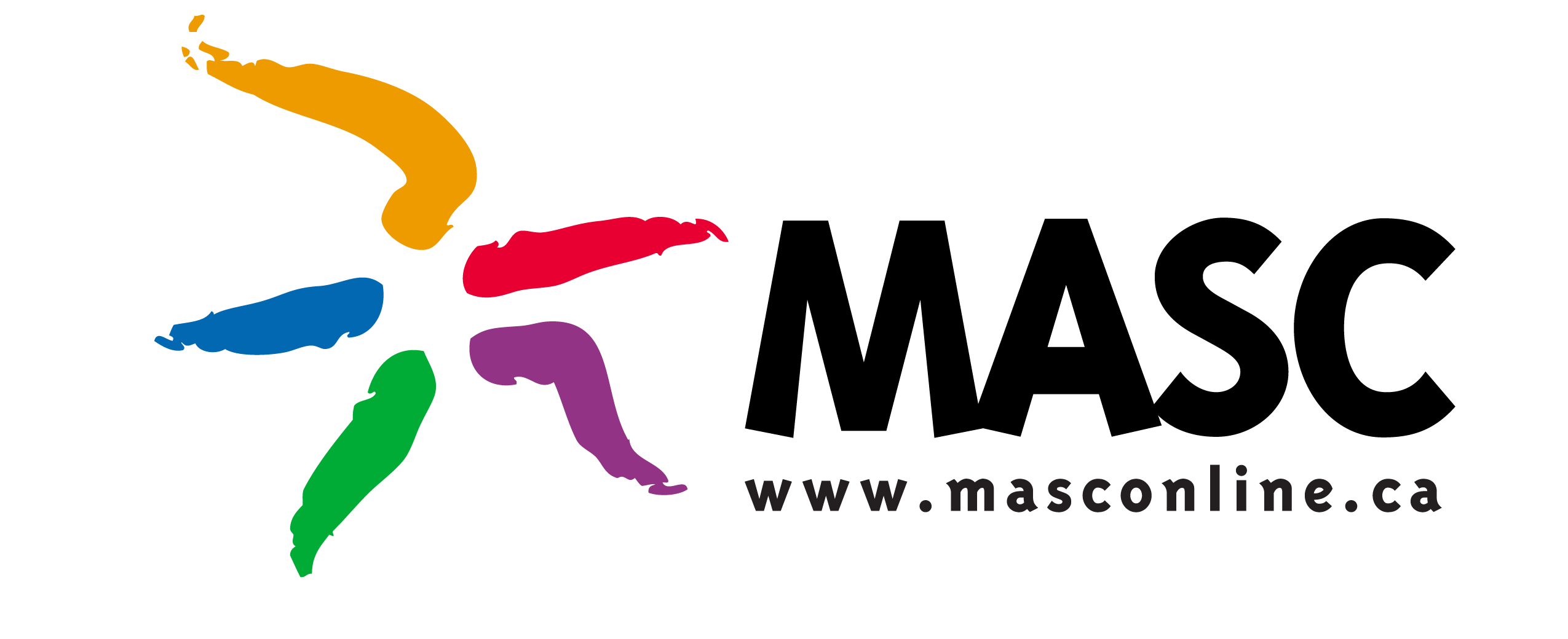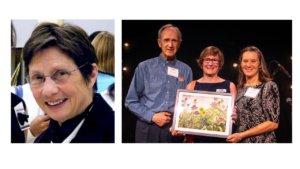MASC Interview: Janie Renée
By Jessica Ruano | September 23, 2022

This interview was originally published on Apt613.ca
Janie Renée is a Franco-Ontarian multidisciplinary and creative artist and songwriter who has been delivering workshops for over 30 years. She offers writing and drama programs, helping participants develop their skills by introducing them to the essentials of creation, production, and stage performance. On stage, she is often found partnering with musicians from different backgrounds. Behind the scenes, she lends her pen to numerous projects for young and old and is a fan of cultural mediation of all kinds.
Congratulations on joining the MASC roster! You offer such a wide range of programs in English and French: poetry, theatre, music, shadow puppetry. What led you to embrace all these different artistic disciplines?
Ahhhh… when you’re an artist, and you don’t have a lot of money for video equipment to produce videos, you make extraordinary discoveries using the tools at your disposal! Marionettes, sets made of cardboard, and shadow theatre are all part of these discoveries. I experimented, I tested, I learned… and I want to share all these discoveries with those who participate in MASC’s programs. In terms of poetry and songwriting, those have been my passions since I was a little girl because I wrote my first song at the age of 11. I think I have become a master of words; I have tamed them over the years.

One of Janie Renée’s workshops. Photo provided by MASC.
We’re looking forward to celebrating Franco-Ontarian Day on September 25. You have had a long music career in French Ontario and know very well the artists who forged the foundations of Franco-Ontarian music. What are the things most people don’t know about the roots of this music?
When Franco-Ontarian song music developed, there were two creative centres that were different due to geography, but also because of their circumstances and the nature of the creation. There was something bubbling in the Ottawa region, as well as in the Sudbury region. The north is more often mentioned than the rest of the province when we talk about the history of Franco-Ontarian song, perhaps because of the uniqueness of what was being created in the region. The first Franco-Ontarian song to gain international recognition was by an artist from the Embrun region, Monique Brunet, who won first prize at the Spa festival in Belgium around 1967. She was perhaps the first Franco-Ontarian woman to be recognized for her songs! (For a little perspective: Paquette arrived in the 1970s, CANO in 1975, Paul Demers and Purlaine in 1978).
In your bio, you say you’re especially interested in jazz and polyrhythm. Most people know what jazz is! But how would you describe polyrhythm, and why are you drawn to it?
In fact, I’ll point out that people don’t know much about how varied jazz is and associate it by default with freestyle jazz: sometimes tenuous and dissonant chords, little apparent structure and somewhat crazy, virtuosic soloists. But in sung jazz, by necessity, you must have a structure and a relative order. Besides that, writing jazz in French is difficult because of prosody—the way the words and the cadence of the text lyrics match the rhythm and the melody. Polyrhythm is the layering of rhythms that gives way to syncopations and often the “swing” of jazz: These are more complex rhythms, but super interesting ones! The great jazz musicians (Stan Getz, Charlie Byrd, Herbie Mann, Dizzy Gillespie, Benny Goodman, Coleman Hawkins, Dave Brubeck etc.) have all made forays into Brazilian, Cuban, Martinique and African rhythms because they are composed of polyrhythms, and it inspired them to develop other forms of jazz.

One of Janie Renée’s workshops. Photo provided by MASC.
As a member of MASC, what do you gain through offering your workshops in schools and the community?
By nature, I am someone who loves the spirit of sharing and cultural mediation, so it is natural for me to practice these by offering workshops. I like to witness the sparks of understanding, discovery, and to accompany the participants through the exploration and development of new skills. And in general, I have developed that “magic” touch to help participants in their creative process, to make them feel proud of what they’ve accomplished.

One of Janie Renée’s workshops. Photo provided by MASC.
Why do you think it’s important for our local community to have access to professional artists?
Art, in all its forms, is both a socially acceptable way to externalize an experience or a feeling and also a place where exploration, discovery, and connectivity are allowed. There is less formatting in the arts than in mathematics, where the result is directed, demanded, and there is only one possible answer. That said, since everything is, after all, connected—math can be useful in the creative process—inspiration and creation are within everyone’s reach. It’s unfortunate that institutions don’t place a great deal of importance on arts or expression; it is assumed to be an individualistic venture (a student taking music or art classes) rather than a unifying force that facilitates togetherness within a community and provides opportunities for innovation through creative projects that don’t fit into boxes.
Latest News
View All Articles



